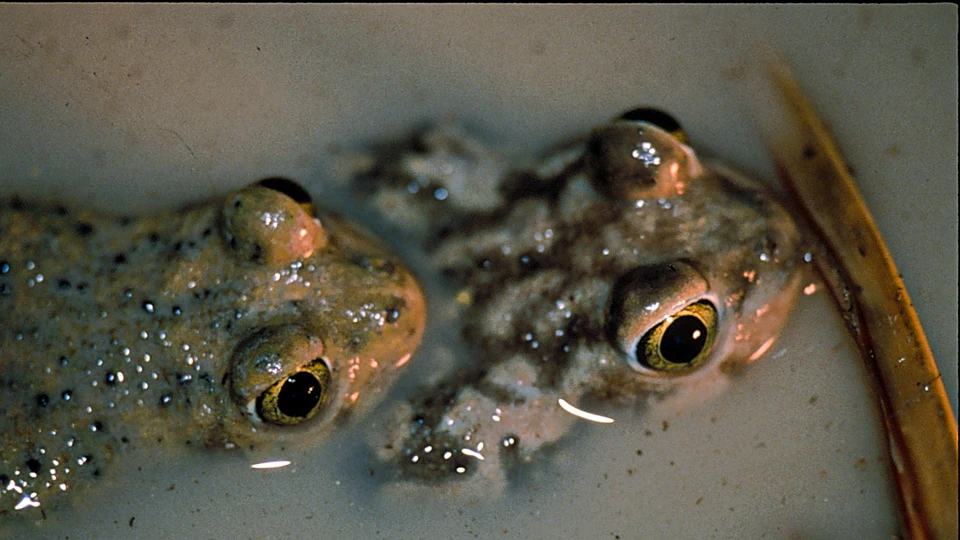
NPS Photo 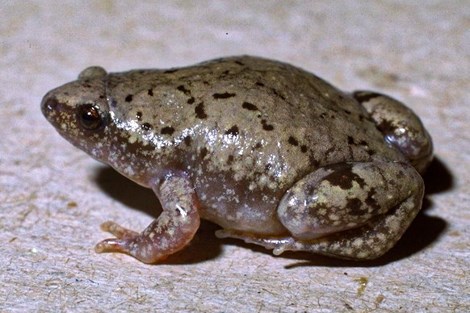
NPS Photo Great Plains Narrow-mouthed ToadGastrophryne olivaceaThese toads are found throughout the park, except for the Chisos Mountains. They prefer to be in pools, damp crevices, burrows, under rocks, bark, and vegetation. Interestingly, Great Plains narrow-mouthed toads are known to inhabit tarantula holes! They are hard to locate, but are most active after summer rains, when they can be both diurnal and nocturnal. They have toxic chemicals in their skin that are thought to protect them from ants, which are their main prey. 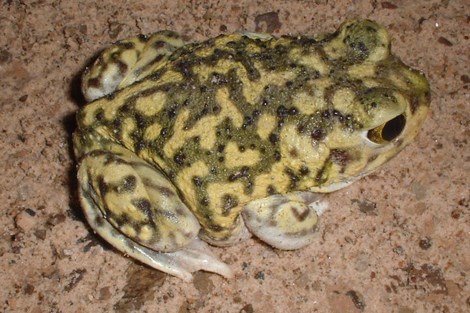
NPS/D. Furphy Couch's Spadefoot ToadScaphiopus couchiiCouch's spadefoot toads are found in the desert, the Rio Grande floodplain, and up to the foothills of the Chisos Mountains. They will burrow into the ground during dry periods to avoid heat and dessication. Using the "spade" on the hind foot, they can quickly bury themselves in loose sandy soil. Their tadpoles metamorphose in as little as 9 days! They are most active at night after summer rains. Couch's spadefoot toads have a skin secretion that may cause allergic reactions in some humans. 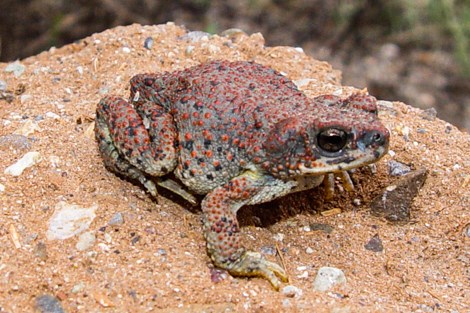
NPS/I. Muray Red-spotted ToadBufo punctatusThese toads are found along the Rio Grande floodplain, in the desert, and in the foothills of the Chisos Mountains; usually beneath rocks and clumps of vegetation. Red-spotted toads are most active at night after heavy summer rains. Their flattened body allows them to wedge into narrow rock crevices. The call of the male is a high-pitched musical trill, which may be confused with the sound of a cricket. 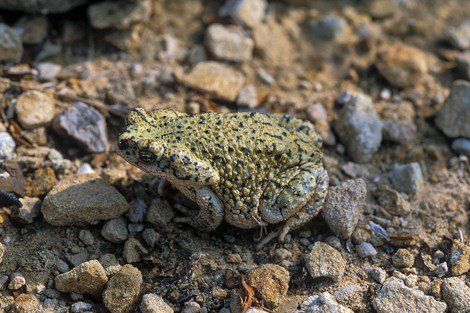
NPS Photo Green ToadBufo debilisGreen toads are found in the northern portion of the park from Tornillo Flat to Persimmon Gap. Primarily nocturnal, this species typically passes the day beneath rocks, clumps of vegetation, or in rodent burrows. They are most active at night after summer rains. They feed on a variety of small invertebrates, such as ants, beetles, butterflies and moths, and small grasshoppers. 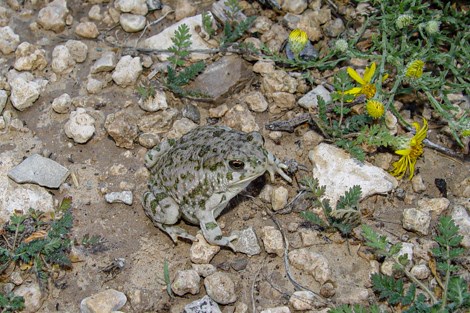
NPS Photo Texas ToadBufo speciosusThe Texas toad can be found throughout the lower elevations in Big Bend National Park, from the Rio Grande floodplain up to Persimmon Gap. They inhabit a wide variety of habitats including grasslands, deserts, mesquite-savanna, and areas with sandy soil. Sandy soil is preferred by Texas toads because of their burrowing habits, but they will also utilize habitat beneath rocks, in mud cracks, and gopher burrows. This toad is gray with brown or yello-green spots, has a round body, and is covered with small warts. They typically grow to be 2-3.5 inches in length. 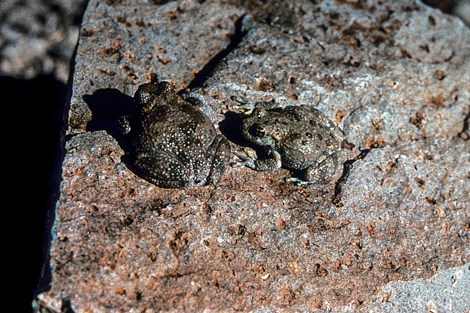
NPS Photo Canyon TreefrogHyla arenicolorWithin the park, canyon treefrogs only occur in the Chisos Mountains and surrounding foothills. They can be found in rocky streams and pools, under boulders and stream banks, and sometimes in trees. Like other Big Bend frogs, they are most active after summer rains and are primarily nocturnal. The male call during breeding season is a loud, rattling series of short trills that sound like they are coming from inside a tin can. Skin secretions of this frog can irritate the eyes and nose. 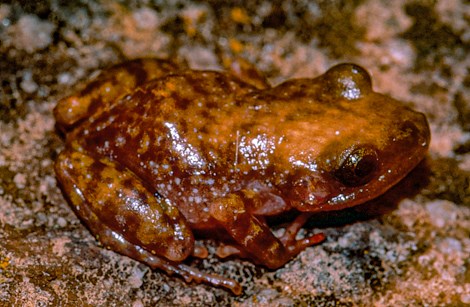
NPS Photo Spotted Chirping FrogEleutherodactylus guttilatusWithin the United States, spotted chirping frogs are only found in the Big Bend region of West Texas. Within the park, this frog is found primarily in the Chisos Mountains, with scattered occurrences in the surrounding foothills. They are nocturnal and may be found by day under rocks, leaf litter, and debris. Breeding occurs from February to May and females typically lay less than 15 large eggs. Spotted chirpring frogs are small, reaching a length of 0.75-1.25 inches. 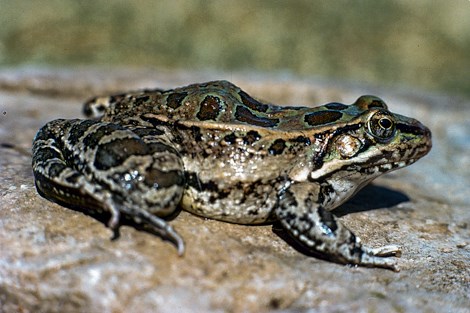
NPS Photo Rio Grande Leopard FrogRana berlandieriRio Grande leopard frogs prefer permanent pools, streams, springs, and tinajas. Within the park they are found from the Rio Grande floodplain to mountain foothills. They are active almost year-round, but will hibernate on the bottoms of ponds or ditches with slow-moving water during the coldest winter days. Males have a loud, rattling call that can be heard up to a quarter of a mile away during breeding season. |
Last updated: August 1, 2021
